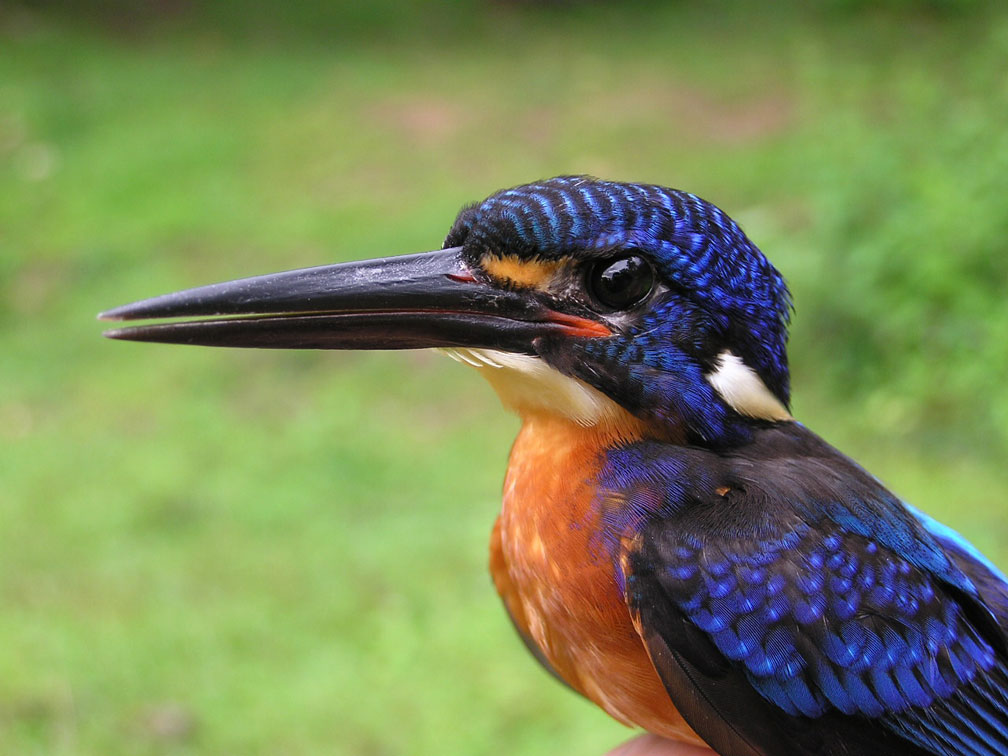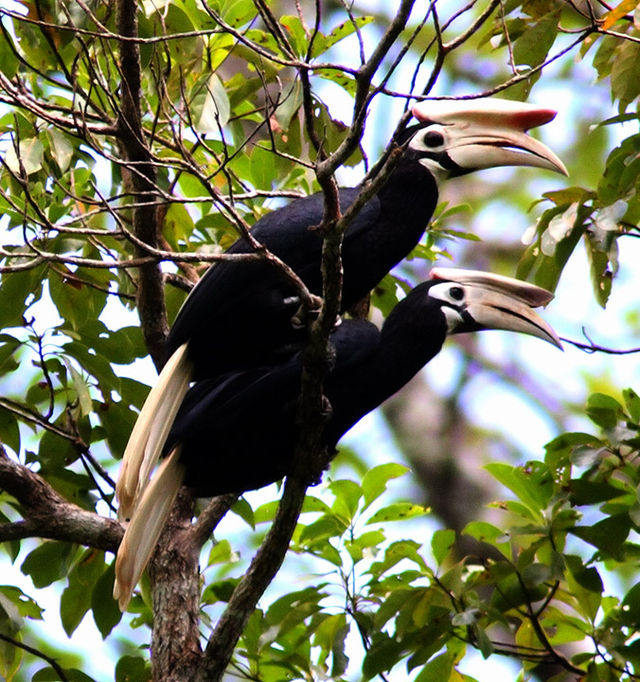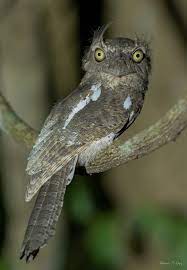Palawan, known for its rich biodiversity and pristine landscapes, it’s a haven for birdwatching enthusiasts.

Birds of Sanctuary
The island is home to a diverse array of bird species, including endemics and migratory birds. Some of the species you may find:

Here’s a detailed list of birds that you might encounter in Palawan, making it a birdwatcher’s paradise:
1. Palawan Peacock-Pheasant (Polyplectron napoleonis):
- Description:
- Known as the “Tandikan” in local language.
- Distinctive iridescent plumage with an elaborate eye-spotted tail.
- Endemic to Palawan, making it a sought-after species for birdwatchers.
- Description:
2. Palawan Hornbill (Anthracoceros marchei):
- Description:
- Recognizable by its large size, dark plumage, and a prominent casque on its bill.
- Endemic to Palawan and nearby islands.
- Often seen in pairs or small groups flying between trees.
- Description:
3. Philippine Cockatoo (Cacatua haematuropygia):
- Description:
- These birds is also known as the Red-vented Cockatoo.
- Recognizable by its white plumage, red undertail, and curved crest.
- Endangered species, and conservation efforts are underway to protect its populations.
- Description:
4. Blue-headed Racquet-tail (Prioniturus platenae):
- Description:
- Vibrant bird with green plumage with a distinctive blue head.
- Endemic to Palawan and nearby islands.
- Often found in lowland forests and wooded areas.
- Description:
5. Philippine Eagle (Pithecophaga jefferyi):
- Description:
- One of the largest and most powerful eagles globally.
- Recognizable by its striking appearance, with a large beak and a prominent crest of feathers.
- Critically endangered, with conservation efforts focused on its protection.
- Description:
6. Pied Imperial Pigeon (Ducula bicolor):
- Description:
- Large pigeon with a contrasting black-and-white plumage.
- Often seen in flocks, flying gracefully between trees.
- Found in various habitats, including forests and coastal areas.
- Description:
7. Chestnut-breasted Malkoha (Phaenicophaeus curvirostris):
- Description:
- Medium-sized bird with a distinctive chestnut-colored breast.
- Recognizable by its long tail and curved bill.
- Often found in dense forests and wooded areas.
- Description:
8. Hooded Pitta (Pitta sordida):
- Description:
- Colorful bird with a black head, green body, and vibrant red and yellow underparts.
- Known for its distinctive call.
- Inhabits dense vegetation and is often found near water sources.
- Description:
9. Palawan Tit (Periparus amabilis):
- Description:
- Small, lively birds with a black cap, white cheeks, and yellow underparts.
- Endemic to Palawan.
- Typically found in montane forests and forest edges.
- Description:
10. Collared Kingfisher (Todiramphus chloris):
- Description:
- Medium-sized kingfisher with blue and white plumage.
- Often seen near water bodies, including rivers and coastal areas.
- Wide distribution across the Philippines.
- Description:
11. Grey Imperial Pigeon (Ducula pickeringii):
- Description:
- Large pigeon with grey plumage and a contrasting white band on its tail.
- Typically found in lowland and montane forests.
- Feeds on fruits and seeds.
- Description:
12. Philippine Frogmouth (Batrachostomus septimus):
- Description:
- Nocturnal bird with excellent camouflage resembling tree bark.
- Named for its large mouth, which it opens wide when threatened.
- Inhabits forests and wooded areas.
- Description:
13. Rufous-headed Parrotbill (Paradoxornis ruficeps):
- Description:
- Small bird with a rufous crown and distinctive markings on its face.
- Typically found in grassy areas and open habitats.
- Moves in small flocks and feeds on seeds and insects.
- Description:
Birdwatching Tips in Palawan:
- Local Guides: Consider hiring local birdwatching guides who are familiar with the best locations and can help identify bird species.
- Binoculars and Field Guide: Carry binoculars and a field guide to birds for easier identification.
- Timing: Early morning and late afternoon are optimal times for birdwatching when many species are active.
- Quiet Observation: Birds can be easily startled, so practice quiet observation to avoid disturbing them.
- Respect the Environment: Follow ethical birdwatching practices, respecting the natural habitat and minimizing disturbances.
Palawan’s avian diversity makes it a captivating destination for birdwatchers, offering the chance to spot rare and endemic bird species in their natural habitats. Find help with identification of any bird.

Whether exploring the forests, coastal areas, or highlands, the island provides a rewarding experience for those who appreciate the beauty and diversity of different bird species.


